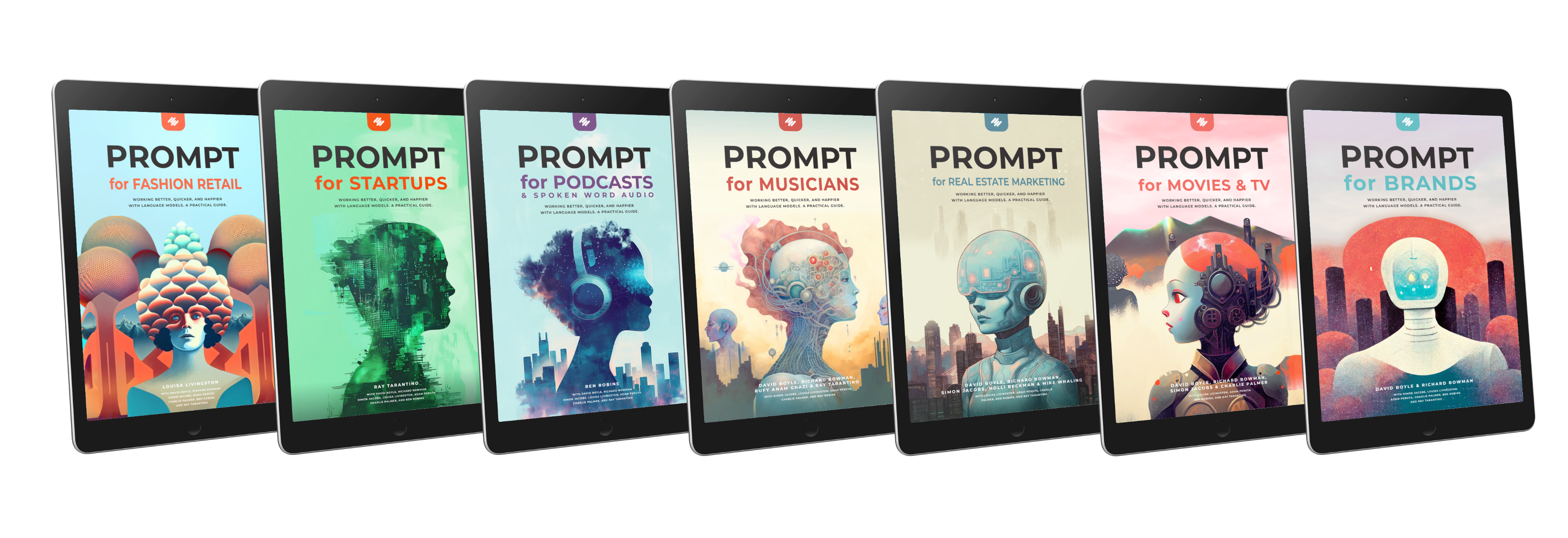In the rapidly evolving world of artificial intelligence, three major fallacies have emerged, clouding our understanding of how humans and AI can effectively collaborate. These misconceptions are the Perfection Fallacy, the Cheating Fallacy, and the Replacement Fallacy. By examining and debunking these fallacies, we can develop a more accurate and productive framework for human-AI collaboration.
The Perfection Fallacy
The Perfection Fallacy is the belief that AI systems should be flawless and infallible, capable of delivering perfect results without human intervention. This myth stems from a misunderstanding of the nature of AI and its limitations. In reality, AI systems can make mistakes, exhibit biases, and fail to grasp the full context of a situation. And that's ok.
Overall, it's a mistake to scrutinize AI to a higher standard than the other imperfect tools we readily use every day. We don't expect Google results, interns, or consultants to be perfect - we know to apply critical thinking and not blindly accept their output. The same measured approach should be taken with AI, which in fact often outperforms all of these!
Like any tool, the human remains firmly in the driver's seat. Bad output from AI is no more of a threat than bad information from a Google search if the human applies the same scrutiny and critical thinking they always have.
The core point here is that using AI shouldn't require that it be flawless any more than a new intern hire, agency partner or research report has to be flawless to be useful. It's an additional tool, not a wholesale replacement for human discernment.
Recognizing the imperfections of AI is crucial for effective collaboration. It allows us to approach AI as a powerful tool that requires human oversight, interpretation, and correction. As all interns, agencies, research reports and Google searches do. By acknowledging the limitations of AI, we can develop strategies for mitigating potential errors and ensuring the integrity of our work.
The Cheating Fallacy
The Cheating Fallacy is the notion that using AI to assist in our work is somehow dishonest or unethical, as if we are taking credit for the AI's efforts. This misconception fails to acknowledge the long history of humans using tools and resources to enhance their capabilities. We do this every day! From calculators to research software to Google results, interns, or consultants, we rely on technology and people to help our work and improve our efficiency all the time.
Collaborating with AI is no different. It is not cheating to leverage the power of AI to analyze data, generate insights, or automate repetitive tasks. Instead, it is a strategic decision to allocate our time and energy towards higher-level tasks that require human judgment, creativity, and empathy. By embracing AI as a legitimate tool, we can focus on the aspects of our work that truly add value.
The Replacement Fallacy
The Replacement Fallacy is the misguided belief that AI will entirely replace human effort, making our skills and expertise irrelevant. Although AI can indeed perform specific tasks more efficiently than humans, it is essential to recognize that AI requires strong human leadership to function effectively. When used skillfully, AI acts as a mirror, reflecting and amplifying the expertise of the user. The quality of the AI's output is directly proportional to the human's expertise and leadership. The more knowledgeable and experienced the user, the better the AI performs, providing targeted insights that align with the user's perspective rather than generic responses. In essence, AI serves as a tool to enhance human capabilities, not replace them.
The most successful applications of AI involve a symbiotic relationship between humans and machines, where each contributes their distinctive strengths. Humans excel at setting goals, providing context, and making judgment calls, while AI excels at processing large volumes of data and identifying patterns. By working together, humans and AI can achieve results that neither could accomplish alone.
Towards Effective Human-AI Collaboration
Overcoming these fallacies is essential for unlocking the full potential of human-AI collaboration. It requires developing a framework for responsible AI integration that emphasizes human oversight, continuous learning, and ethical considerations.
This framework should include strategies for:
1. Identifying the appropriate tasks for AI collaboration
2. Establishing processes for human oversight and intervention
3. Developing the skills and knowledge necessary for effective AI collaboration
4. Ensuring transparency and accountability in AI-assisted work
5. Fostering a culture of continuous learning and adaptation
By addressing these fallacies head-on and developing a comprehensive approach to AI collaboration, we can harness the power of AI to enhance our work, while retaining the essential human qualities that drive innovation and progress.
Conclusion
The Perfection Fallacy, the Cheating Fallacy, and the Replacement Fallacy represent significant barriers to effective human-AI collaboration. By recognizing and debunking these misconceptions, we can move towards a more nuanced understanding of AI's role in augmenting human potential.
At PROMPT, we are dedicated to helping organizations and individuals navigate this complex landscape and develop the frameworks, skills, and mindsets necessary for successful AI collaboration. By embracing AI as a powerful tool and collaborator, we can unlock new levels of productivity, creativity, and innovation, while ensuring that human judgment, ethics, and empathy remain at the center of our work.
